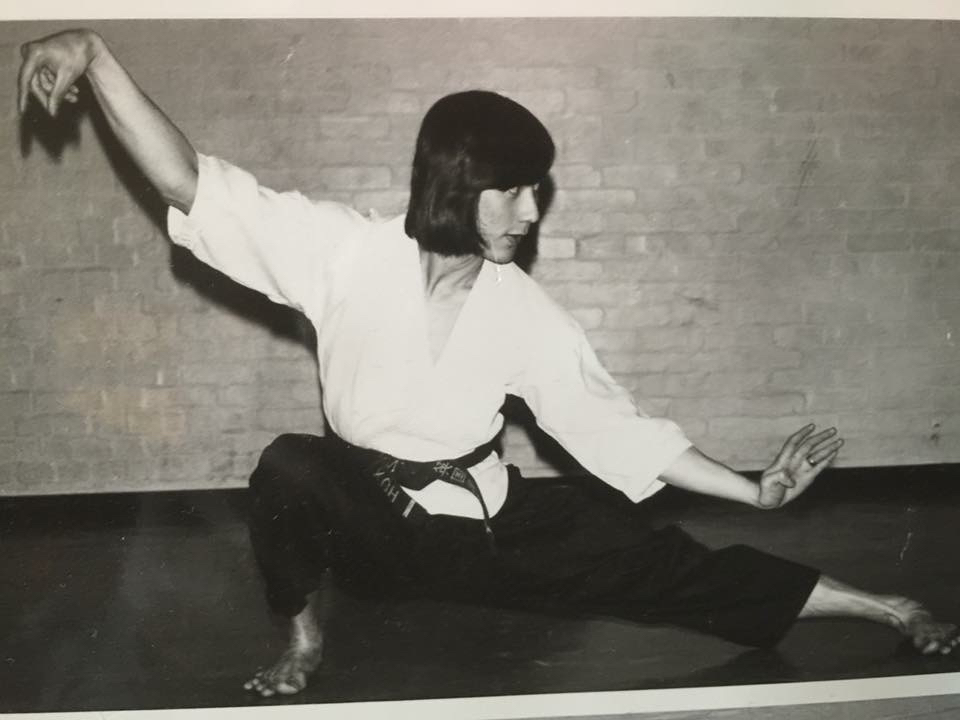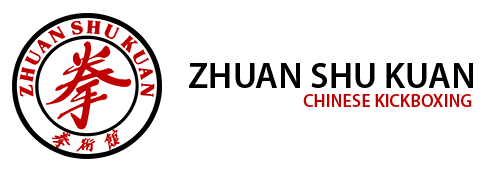It is reputed that the following temples were linked to the development of some of the Shaolin boxing styles today:
Fukien Temple: Southern Fist, Iron Palm training
Honan Temple: Monkey, Praying Mantis and Northern Fist Hua Mountain Temple: Ch’ang Ch’uan and Fist of Hua Kwantung Temple: Tiger Crane
Omei Shan Temple: White Crane and Eagle Claw
Shangtung Temple: Tan Family Leg Techniques and Black Tiger
Wu Tang Temple: Tai Chi Chuan, Pa Kua and Hsing I.
Today, it is widely accepted that the Japanese and Korean forms of fighting arts came from China. The word, Karate originally meant ‘China Hand’; and later came to have the meaning of ‘Empty Hand’. This terminology also applies to the Korean art of Tang Soo with similar implication from a popular Indian fighting art called China Adi; meaning, ‘Chinese Hitting’.
Zhuan Shu Kuan’s style of Chinese martial art (Established 1988) adopted some of the Wushu’s standardized Forms (Taolu: 套 路) and incorporates their training programme with traditional styles’ techniques from Tiger & Crane systems and modern Karate and Muay Thai training methods.

GRAND MASTER KOH
Master Koh, Grand Master
Master Koh was the co-founder (along side Master Kam) of Zhuan Shu Kuan Fist Art Association. He was born in Singapore in 1948, 3 years after the ending of Japanese occupation in Singapore. Married with two sons, Darren and Nicholas, who are currently 1st Grade Senior Brown and 1st Degree Black Belt respectively.
Master Koh started his Chinese Kung Fu training in Singapore in 1962, following his recovery after a long bout of rheumatic fever, when he was hospitalised and confined to bed for six months. Owing to his physical weakness and small stature, his parents decided to let him train under the legendary, late Master Ang Lian Huat, founder of the Namyang Pugilistic Association in Singapore. Master Ang taught various systems of Chinese Kung Fu but at that time, concentrated mainly on the Tiger Crane system and the soft art, called Shuang Yang Pei Ho. It took some persuasion before Master Ang agreed to teach a small group at Master Koh’s family home rather than at the Association’s training centre.
For three years prior to leaving for England to study; he was privilege to be chosen as one of a few senior disciples to train with Master Ang at a park facing the beach in Marine Parade, Singapore. The special “morning sessions” starts at 6am to 8am every morning throughout the weekdays, focussing on the “Sum Chien” movements that is the cornerstone of the ‘soft-hard’ style of Tiger Crane that Master Ang advocate and believed is key to all martial arts development. Master Koh never forgets the advice given to him by Master Ang, “your basic foundation is the key to life-long martial arts development”. As Confucius once said, “A steed is not praised for its might, but for its thoroughbred qualities”. This is still true today, as Master Koh always emphasise to his students, “without a strong foundation, all the techniques you try to learn will be weak and impractical”. Today, his teachings follow the Confucius’ philosophy, “Learning without thought is labour lost, but thought without learning is perilous”.
Not only did Master Koh developed his martial arts skills, the countless hours spent with Master Ang in a coffee shop for breakfasts following those training, has been memorable and invaluable in understanding Master Ang’s personal martial arts development and encounters, as a young man who came from China to Singapore in 1947. Although the training was gruelling and tough under Master Ang, it was an honour to have trained under such a great master, who passed away in 1984 at the age of 60.
When Master Koh arrived in England in the mid-60s, there were only a few established martial arts schools, namely Japanese Karate such as Shotokan, Wado Ryu and Kyokushinkai. As there was no Tiger Crane system in England at that time, he decided to develop his martial arts skills by studying under Mr C K Chang, who was the first instructor in London to teach the Korean art of Tae Kwan Do. In the late 60s, Master Koh became one of the first groups of four students, to attain black belt status in Tae Kwon Do in England. For 22 years he continued training and working for Grand Master Chang, who in the 1970s changed his martial arts school to a more traditional Chinese Kung Fu system under the organisation name of Wu Shu Kwan. Master Koh was the only remaining senior pupil out of the original four, who became Grand Master C K Chang’s senior instructor and examiner until 1988; when he decided to team up with Master Kam to form ZSK Fist Art Association.
